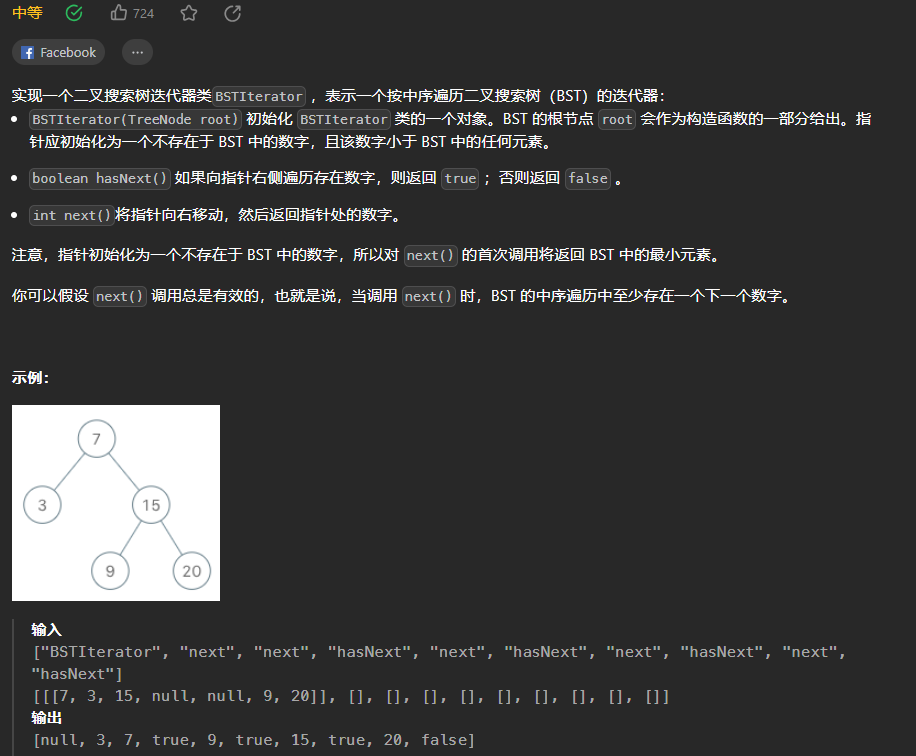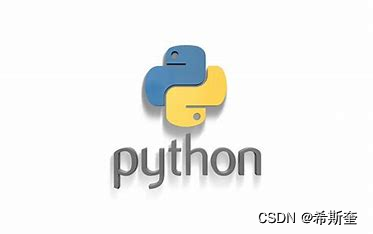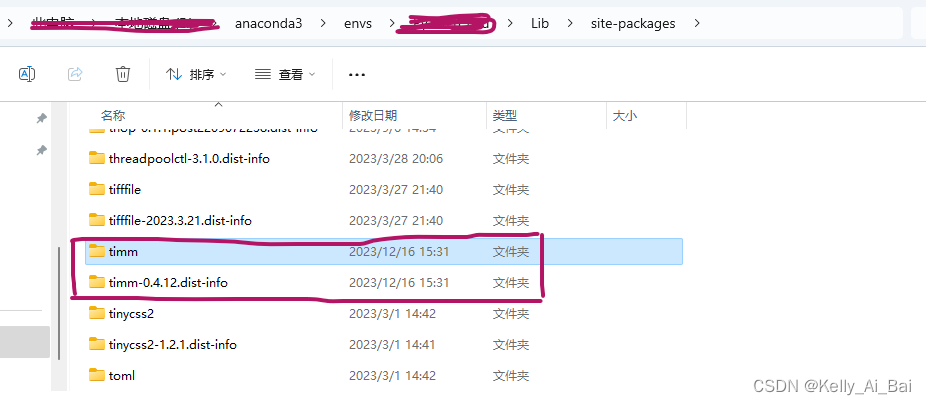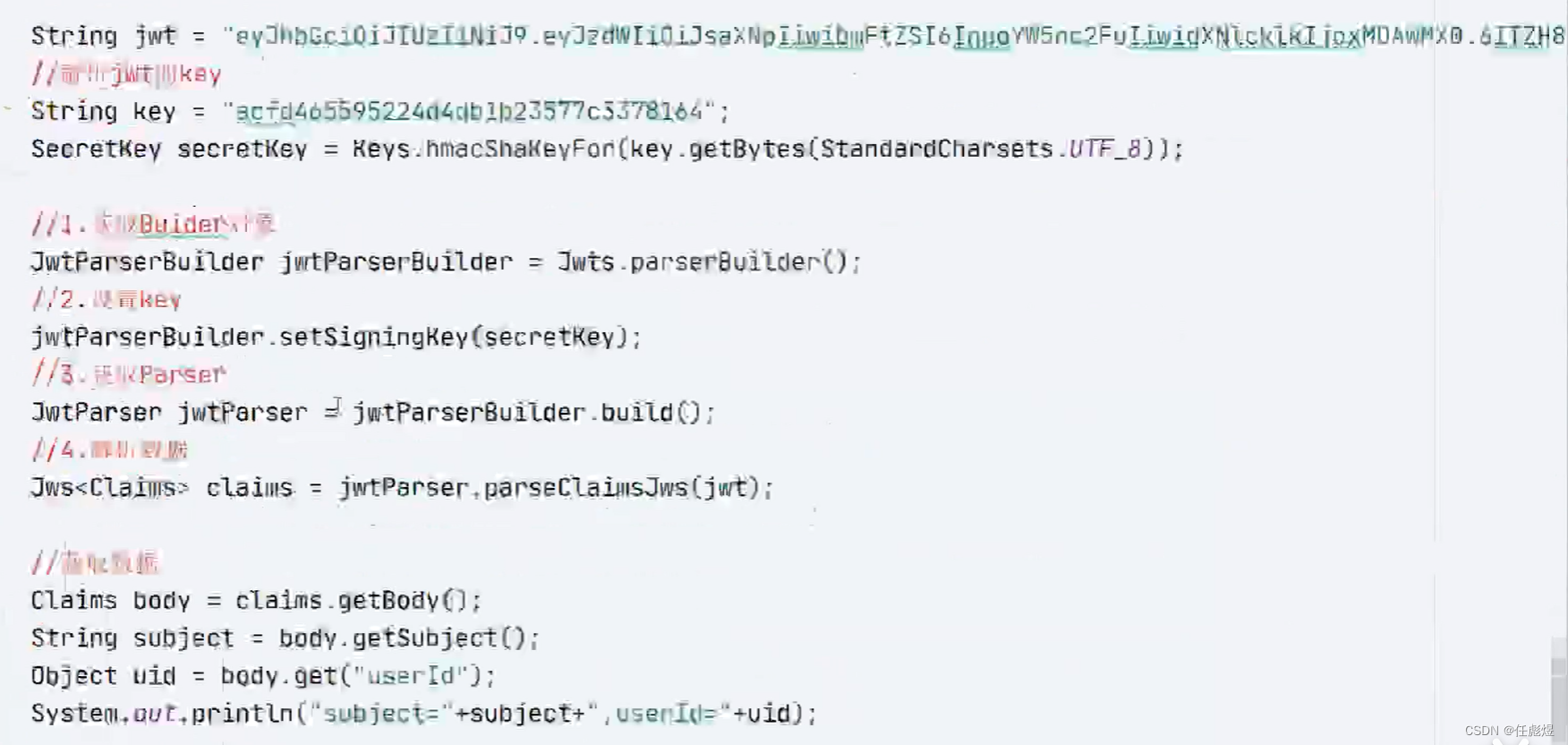一、应用场景
python项目连接MySQL数据库时,需要第三方库的支持。这篇文章使用的是PyMySQL库,适用于python3.x。
二、安装
pip install PyMySQL
三、使用方法
- 导入模块
import pymysql
- 连接数据库
db = pymysql.connect(host='localhost',
user='code_space',
password='code_space_pw',
database='demo_db')
- 创建游标对象
cursor = db.cursor()
# 或者
cursor = db.cursor(pymysql.cursors.DictCursor)
# cursor()不加参数的话,查询结果返回的是元组,pymysql.cursors.DictCursor返回的是字典
- 执行sql语句
# 查询
select_sql = " select id,name from user_info "
cursor.execute(select_sql)
# 使用 fetchone() 方法获取单条数据
data = cursor.fetchone()
# 使用 fetchall() 方法获取所有数据
data_list = cursor.fetchall()
# 增删改,这里只演示更新,其它类似
update_sql = " update user_info set name='头条号_code_space' where id = 1 "
cursor.execute(update_sql)
# 提交,执行更新
db.commit()
- 关闭数据库连接
cursor.close()
db.close()
四、测试demo
# -*- coding: utf-8 -*-
import pymysql
if __name__ == '__main__':
db = pymysql.connect(host='localhost',
user='root',
password='root',
database='others')
# cursor()不加参数的话,查询结果返回的是元组,pymysql.cursors.DictCursor返回的是字典
cursor = db.cursor(pymysql.cursors.DictCursor)
# 查询
select_sql = " select id,name from user_info "
cursor.execute(select_sql)
# 使用 fetchone() 方法获取单条数据
data = cursor.fetchone()
print("fetchone()使用效果-->")
print(data)
# 使用 fetchall() 方法获取所有数据
cursor.execute(select_sql)
data_list = cursor.fetchall()
print("fetchall()使用效果-->")
print(data_list)
# 增删改,这里只演示更新,其它类似
update_sql = " update user_info set name='头条号_code_space' where id = 1 "
cursor.execute(update_sql)
# 提交,执行更新
db.commit()
cursor.close()
db.close()
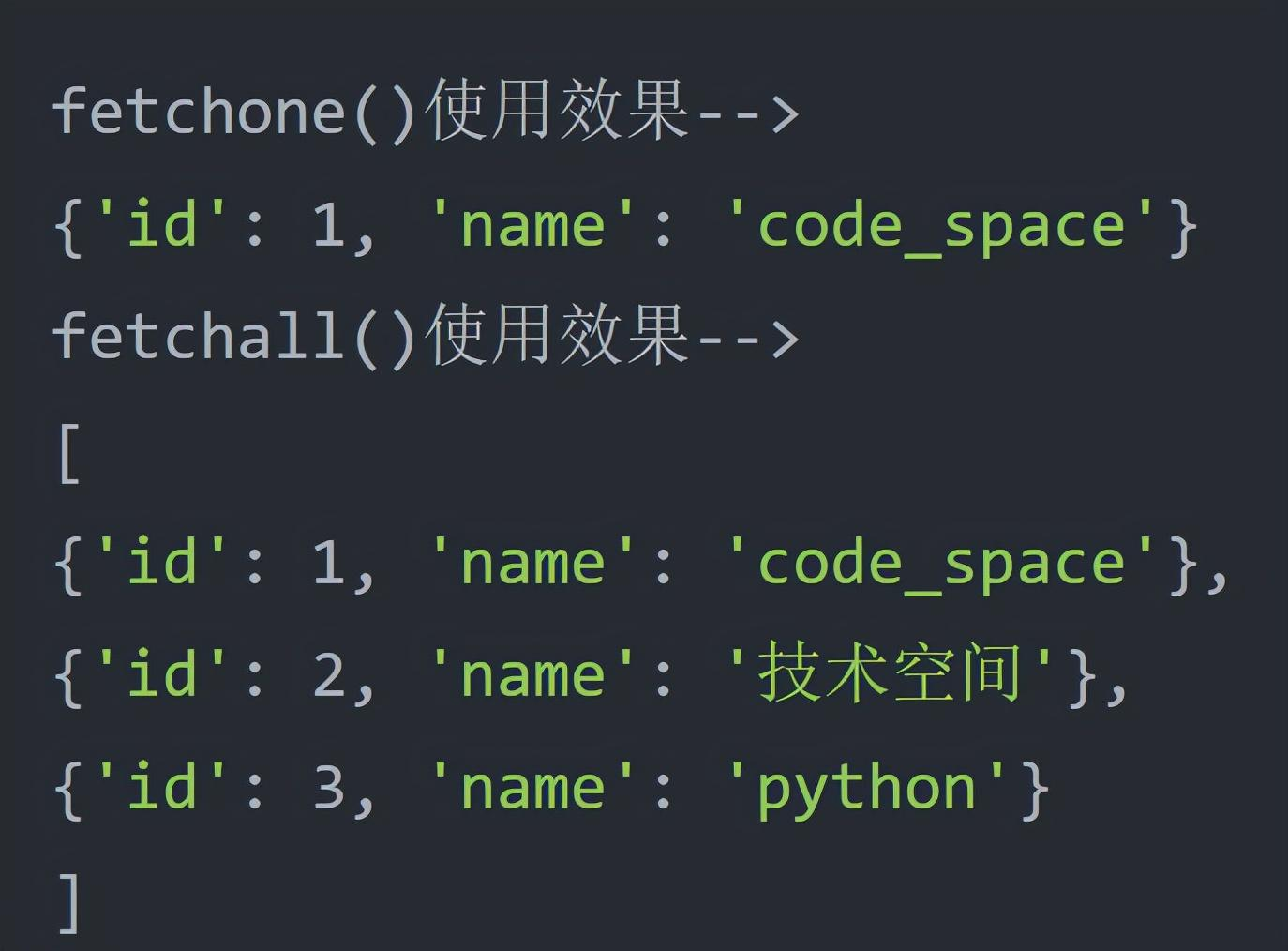

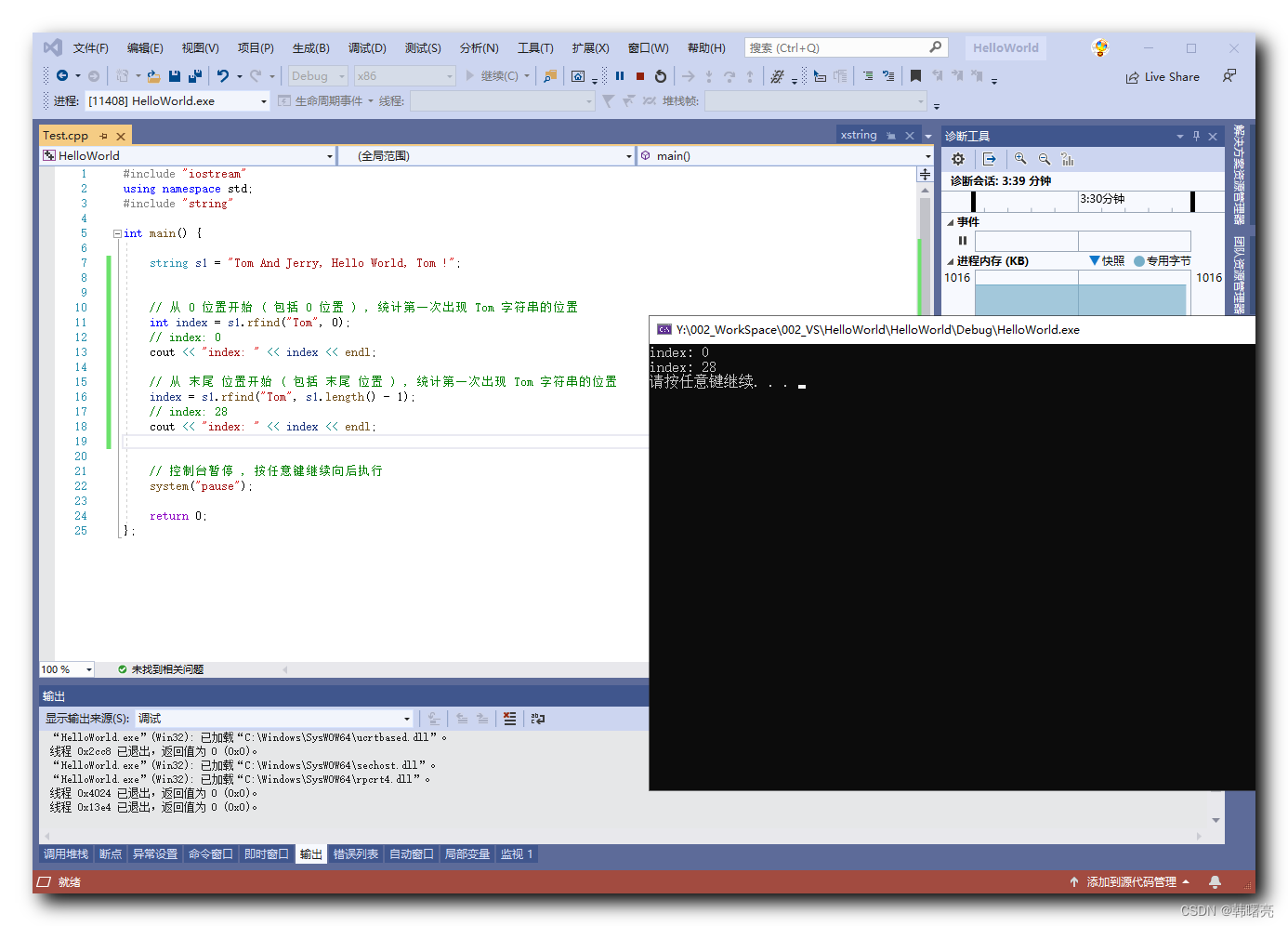

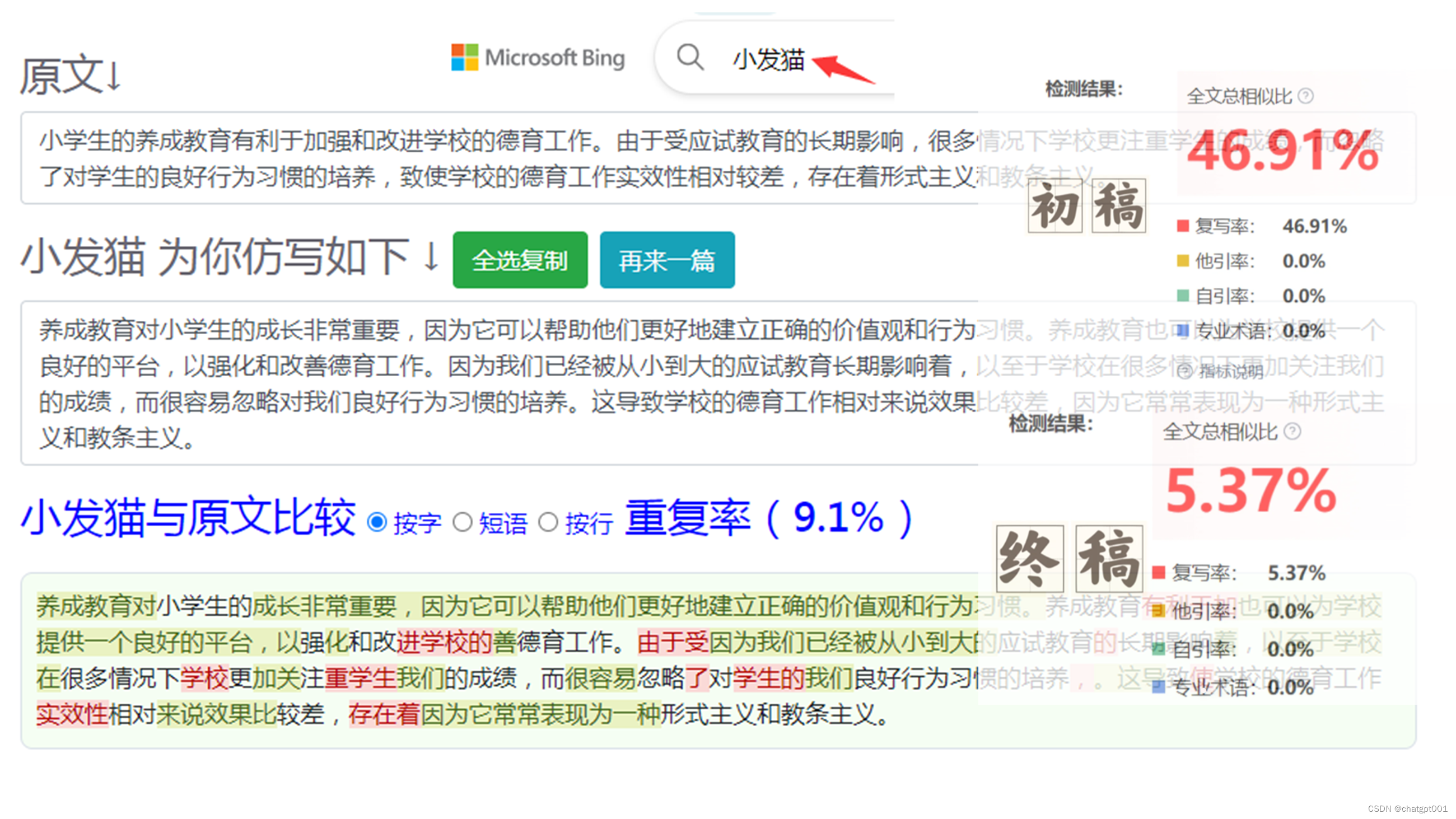
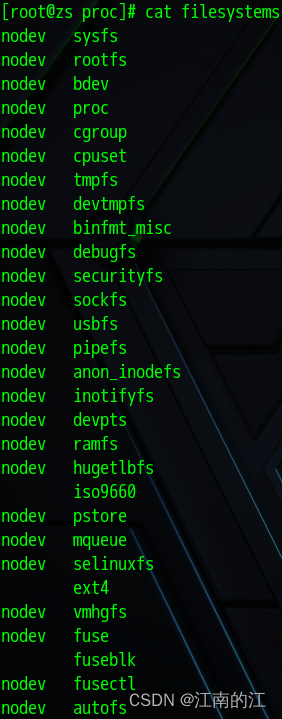
![[NOI2015] 程序自动分析(并查集)](https://img-blog.csdnimg.cn/direct/6d24656acd254b13af07693f26ed3722.png)
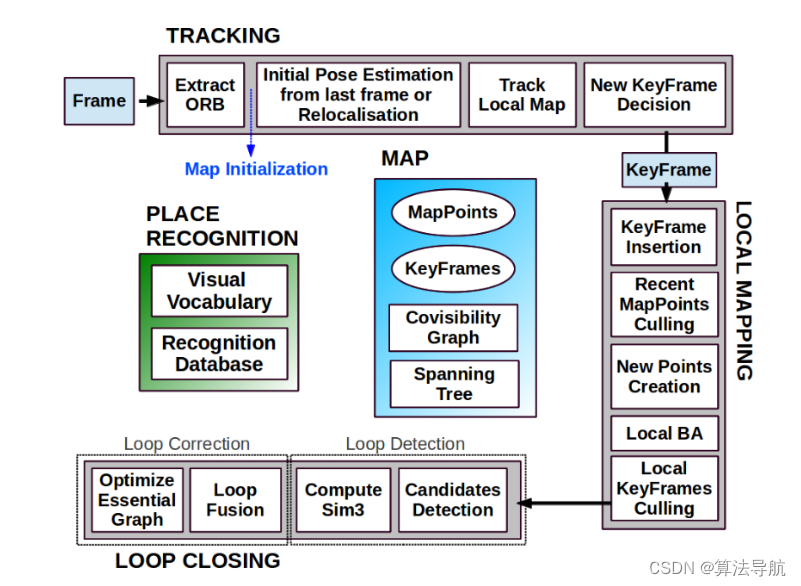
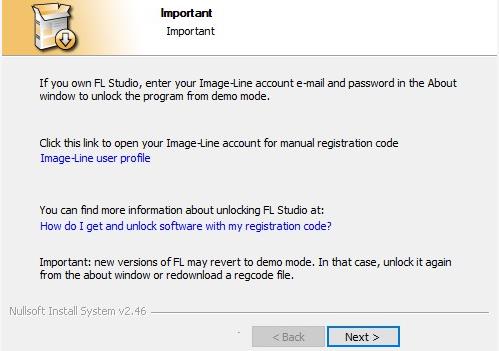


![[LeetCode周赛复盘] 第 376 场周赛20231217](https://img-blog.csdnimg.cn/direct/6b644150f2704e2595eed1363e963d7d.png)
